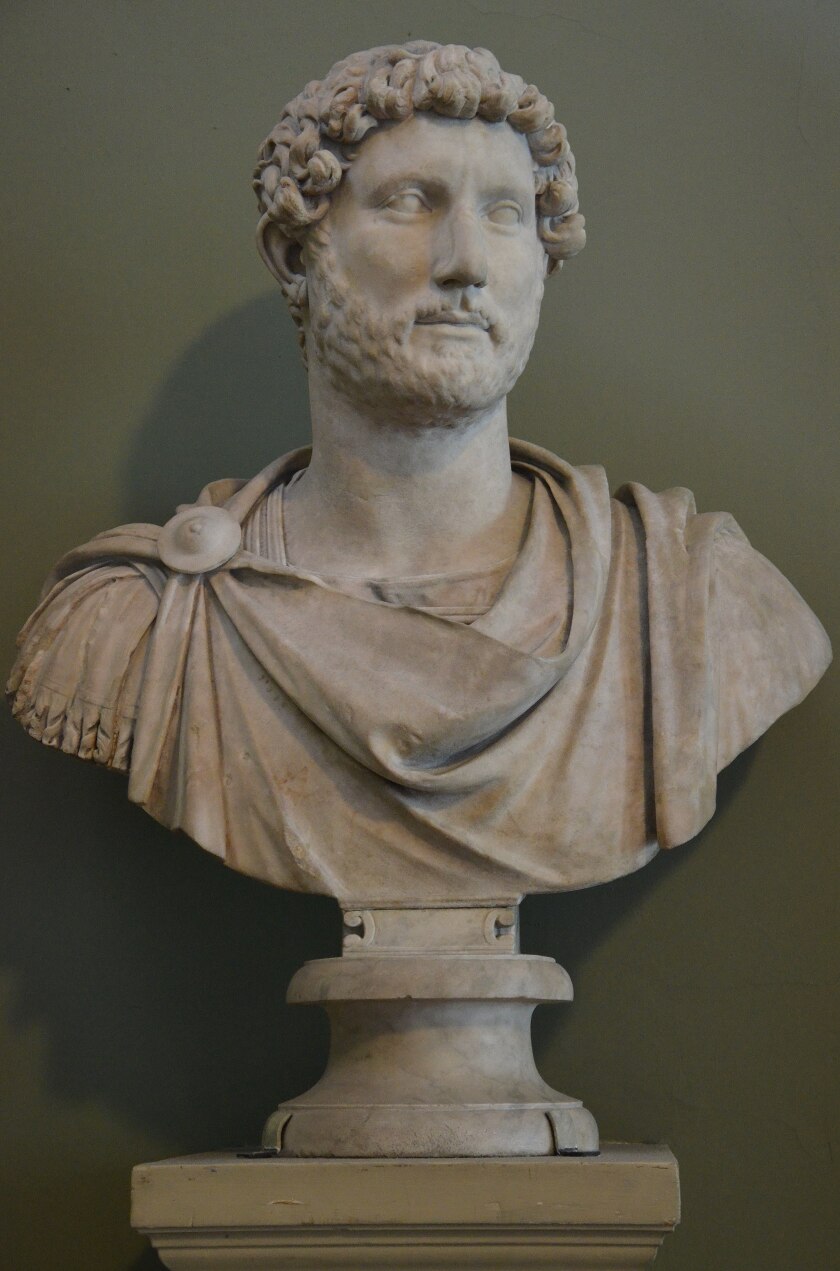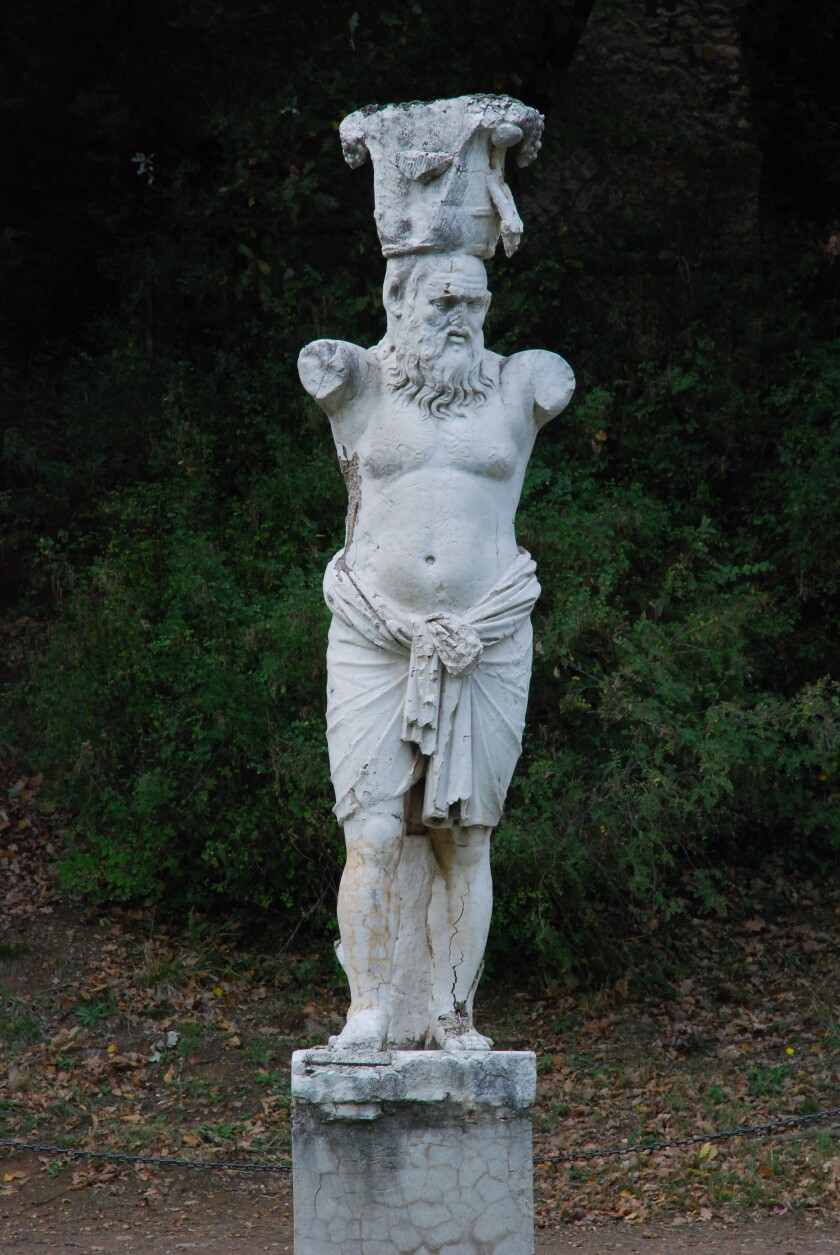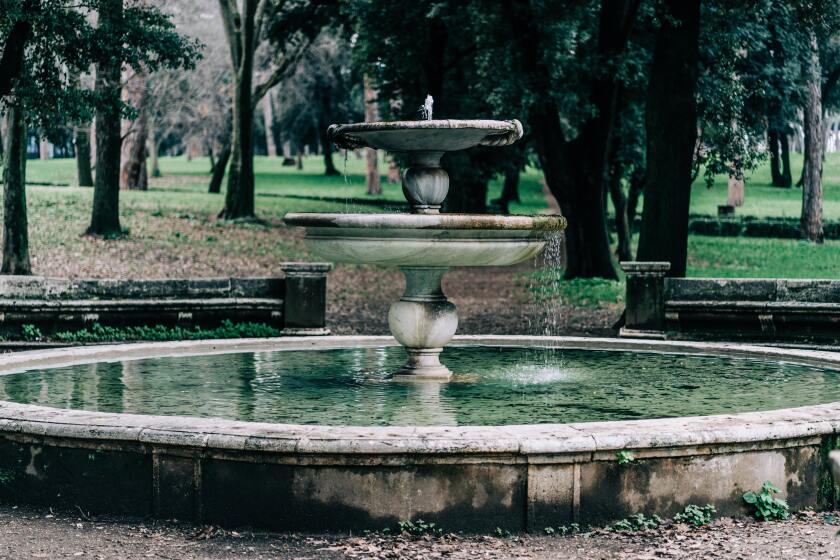Hadrian's Villa

Turkey. England. Israel. Greece. Egypt. Italy.
What do these six countries have in common? Each, along with many others, was once visited by Hadrian, the ancient Roman emperor. Hadrian came to power after a period of great expansion. In order to solidify his empire, he chose to travel to the various regions he ruled and promote cultural unity.
For Hadrian, cultural unity was much more than a political platform. It was a driving motivation for his life as well as an inspiration for the design of his royal retreat in Tivoli, Italy. Visitors who roam the ruins of this ancient compound today can see many international influences in its features and architecture. A review of these different features makes it easy to see why UNESCO states that this site “combines the best elements of the architectural heritage of Egypt, Greece, and Rome in the form of an ‘ideal city.’” Here are a few of the most inspiring sights at Hadrian’s international villa.
Canopus

Just outside the main cluster of buildings of Hadrian’s Villa is a massive canal called the Canopus. This wide waterway represents the Nile River and is home to many statues. On the east side is a statue of a Nile crocodile, its head turned inquisitively toward the statues of six figures on the opposite bank. They are copies of statues from prominent sites in Athens, Greece.
The beauties of this scene could have been easily admired by Hadrian and his guests from the Roman-style dining area at the south end of the canal. Today, the festive banqueters are gone, but the giant half dome that protected them remains. The dining hall is attached to a nymphaeum, a shrine dedicated to nymphs, especially those related to water.

Temple of Venus
Four-and-a-half columns and a headless statue remind us of the former splendor of the Temple of Venus at Hadrian’s villa. Each of these crumbling features is unmistakably Greek. The Doric columns are topped with a precarious entablature, or horizontal stone slab, with distinctive vertical grooves called triglyphs. The statue just beyond the columns is an exact (though much more battered) replica of the famous sculpture of the Aphrodite of Knidos.
Also on this site is a beautiful remnant of floor tiling with patterns and stones original to Roman buildings in Italy. The blending of the Roman and Greek architectural ideas in this area is a testament to the cultural unity that Hadrian worked so hard to achieve.
Maritime Theatre
The Maritime Theatre, arguably one of the more impressive ruins on the site, is accessible only by a narrow stone bridge. It’s surrounded by a moat and was supposedly dedicated to the emperor Hadrian’s personal use. On the artificial island are scores of Ionic columns, some still supporting their entablatures. This type of column comes from the part of the Greek empire that is now Turkey.
This maze of brick walls and stone columns offers examples of some of the best innovations from both Roman and Turkish architecture. It also offers opportunities for some breathtaking photos.
Imperial Palace
Some of the most extensive ruins are in the region of the Imperial Palace. In this area, visitors can walk alongside tall walls and squared arches made of brick to see the remains of courts, offices, libraries, and apartments that were once lavishly decorated with art from Greek and Roman influences, including mosaics of fighting centaurs and Greek theatrical masks.

Bringing it Home
The ruins at Hadrian’s Villa provide an amazing experience that can leave you feeling connected to the past and many ancient civilizations. However, the experience can be deepened by a better understanding of how the villa came to be.
Hadrian, a lifelong traveler, saw beauty and value in all of the cultures he visited and ruled. In an effort to preserve, share, and experience further the art and architecture he admired, he incorporated it into his home, making it truly deserving of the title of World Heritage Site.
When tourists visit Hadrian’s Villa, sometimes all they take home from their experience are a few selfies snapped in front of headless statues. This practice of creating memories, while easy, doesn’t allow travelers to truly let their experience become a part of them. Thankfully, we don’t have to remodel our home to make our travels a part of our lives. Instead, we can reflect on ways in which we can follow Hadrian’s example to better embrace the cultures that embrace us on our travels.
One way we can bring our travels home with us is by writing down and sharing our experiences. By doing so, we can remember our trip better and inspire other people to learn more as well.
Another option is to learn more about the culture you experienced after you return home. Some activities to further learning include studying the languages you encountered, reading up on the local history, finding more examples of art and heritage online, and seeking out cuisine or other staples from the culture in your own community.
Most importantly, try to maintain the connections you made on your journey. Ultimately, culture is all about the people that experience it. After your vacation, reach out to the people you met and thank them for welcoming you. Ask them questions about how they experience their culture and share your own stories with them.
No matter how you commemorate each trip, remember that traveling is a gift that doesn’t have to end when you unpack your suitcase. Next time you plan a vacation, leave with the expectation that you will come home a changed person.